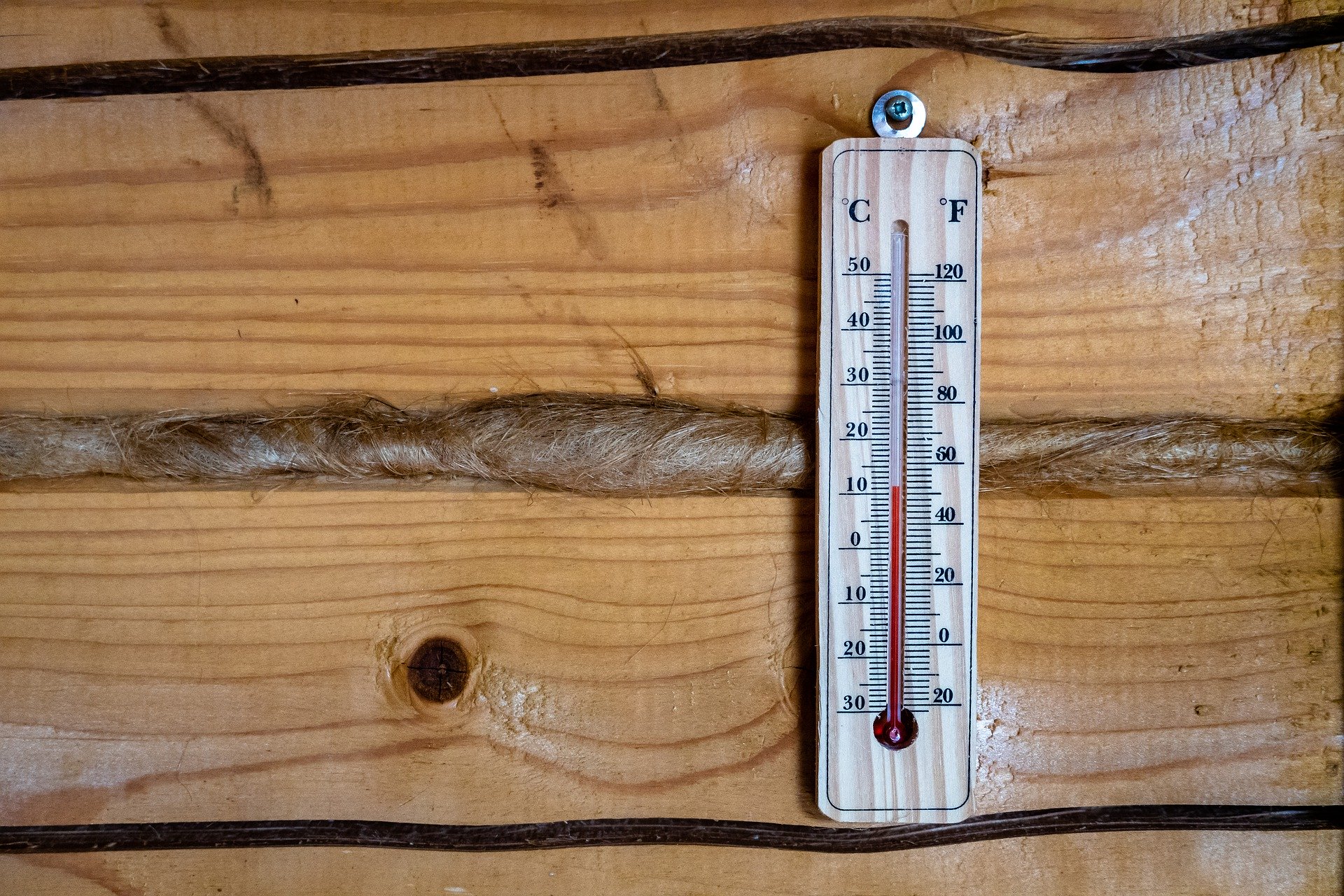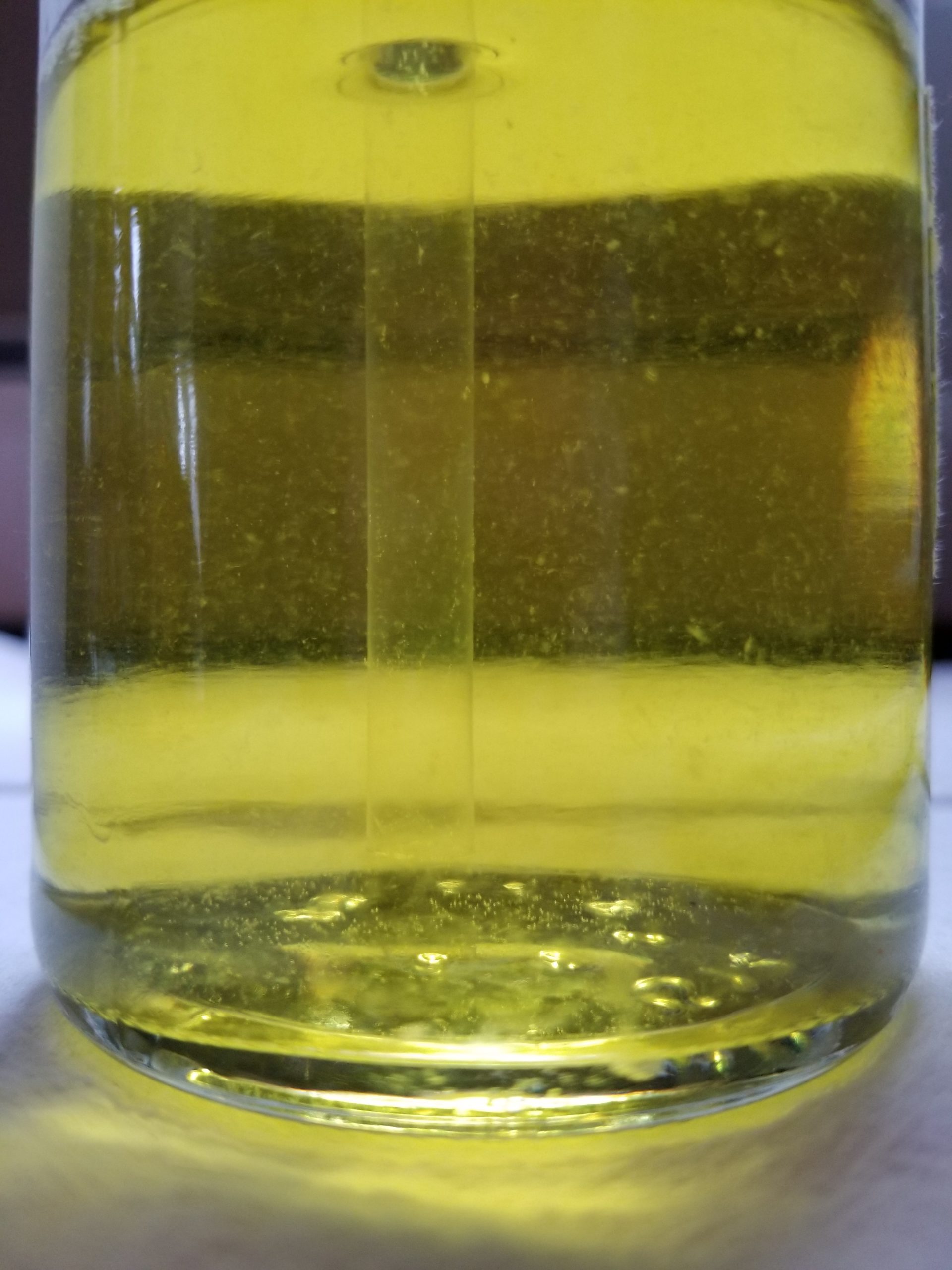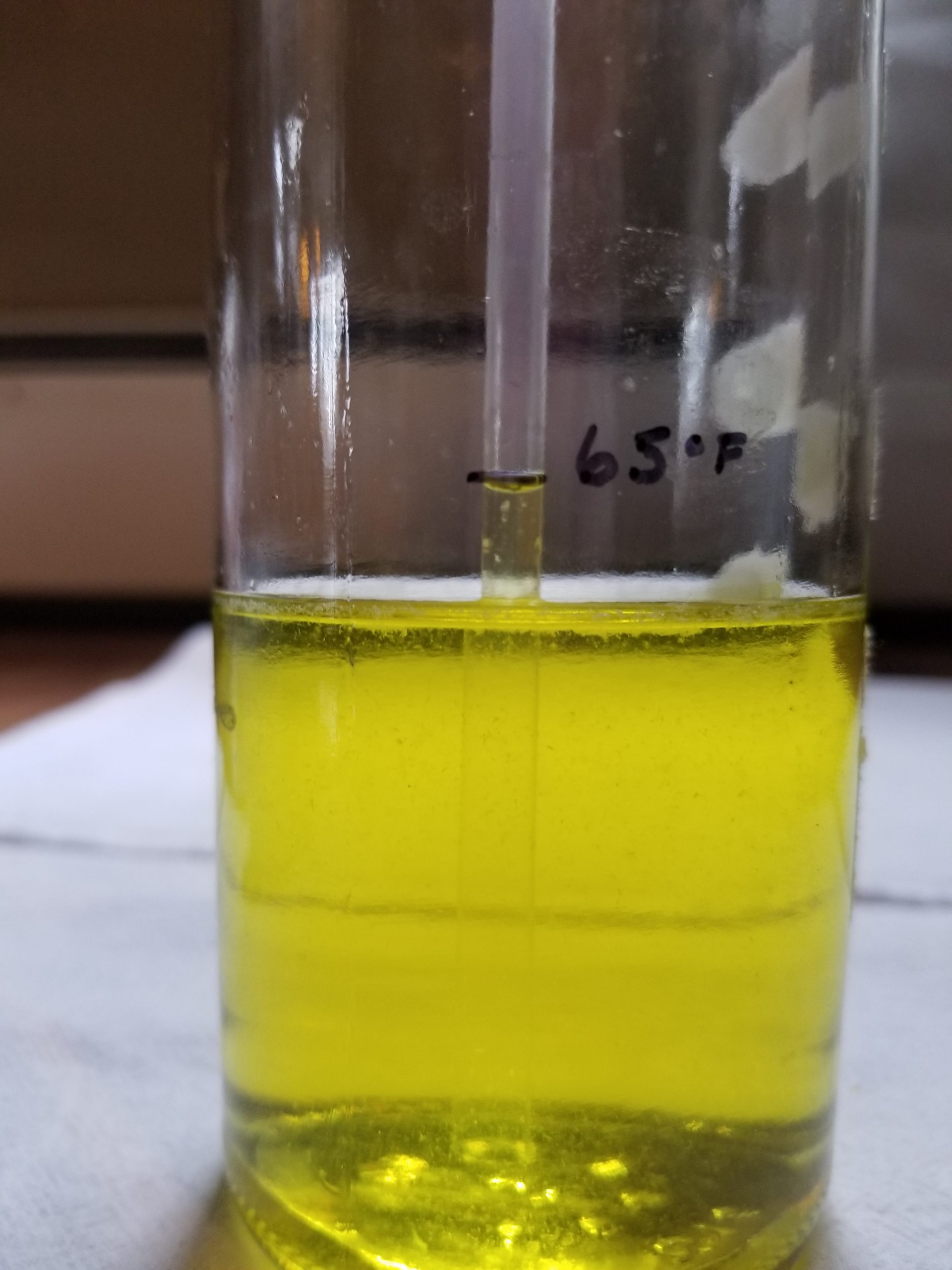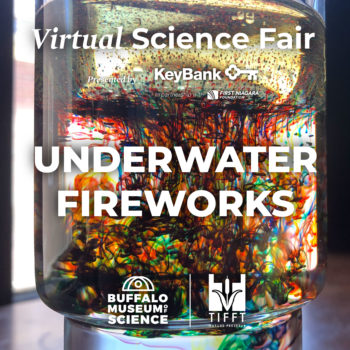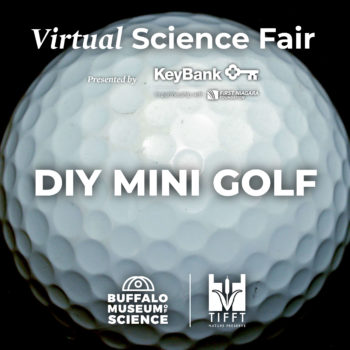Build A Thermometer

Have science fun as a family! Complete activities with parental supervision.
Materials:
- Medium sized bottle – glass or plastic
- Water (room temperature)
- Rubbing alcohol (room temperature)
- Clear plastic straw
- Play-Doh or modeling clay
- Permanent marker
Procedure
- In a separate cup, measure 1/2 cup of water and 1/2 cup of rubbing alcohol. Gently stir the mixture together.
- Fill the bottle with the mixture of water and alcohol, filling the bottle about halfway. Put in 1-3 drops of food coloring so that the liquid can be seen better.
- Put the straw into the bottle so that it is just above the bottom. If the straw doesn’t reach the bottom of the bottle, place the straw even with the water (mixture) line.
- Use the Play-Doh or modeling clay to hold the straw in place and create an airtight seal around the mouth of the bottle. Be sure not to pinch the straw shut.
- Use the permanent marker to mark the current temperature on the side of the bottle.
- Be sure to take a picture or video to share in the Facebook comments on the Buffalo Museum of Science or Tifft Nature Preserve pages!
What’s it all about?
A meteorologist is a scientist who studies the atmosphere and what happens there in order to understand, explain, and predict the weather. A thermometer is a tool meteorologists use to measure the temperature of the air.
Temperature is a measurement of the thermal or heat energy. When things heat up they expand because the molecules are getting excited. When things cool down they contract because the molecules are losing energy. (Of course there are some things that break these rules, like water). There are three accepted units of temperature measurement; Fahrenheit, Celsius, and Kelvin.
Try It!
- Record known temperature on your thermometer so you can use it for reference. Move your thermometer to different places like outside, an ice bath, or direct heat from a hair dryer. Does the mixture move up and down the straw?

